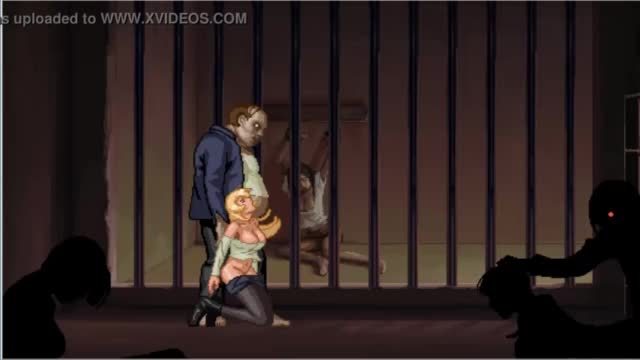

The entire experience lasts about 50 minutes.

The visitor is invited to follow the story, in small groups, or individually, by moving as the the lights control progress, pausing to examine the paintings and sculpture while listening to an accompanying talk by the artist accompanied by sounds and music.

And so on.Īll of this enquiry takes place in the semi theatrical environment of a dimly lit gothic hall, divided into a labyrinth of 10 small rooms, filled with art, each of which advance the narrative. It examines 'paganism' through the eyes of Homer and Ovid and notes the birth of rationalism. Pantheons appear, and with the coming of empire, monotheism. It notes the way The Gods change, hand in glove with the cities, Godesse are superseded by belligerent God's. Characterised by pestilences, slavery, violence, laws, codified lists and accounts, ginormously wealthy individuals, vanity projects in monumental stone, vast numbers of enslaved poor. It looks at the early city state of Uruk as a new type of monster, always at war. The beginning of parasitism of city upon town and city. The close link between religion and power, and The emergence of stratified societies and elites, It notes the beginning of a human assault on land and forests, It notes the religious impulse that initiated, maybe indirectly, the beginning of agriculture.

It pays special attention to the key developments leading to a human/ electronic embrace of the whole planet. The narrative traces the birth of the city from Gobekli Tepe to the present day looking through the medium of 'sculpture' and '3D paintings' as well as many original oil painting and large murals. To tell an engaging and challenging story of our human descent into parasitism, taking the image of city as an organism. To develop a radically different type of approach to gallery exhibitions using raspberry pie computers throughout the exhibition space capable of controlling lights and sound. To tell a chronological narrative with art, lighting, spoken text and soundscapes.


 0 kommentar(er)
0 kommentar(er)
